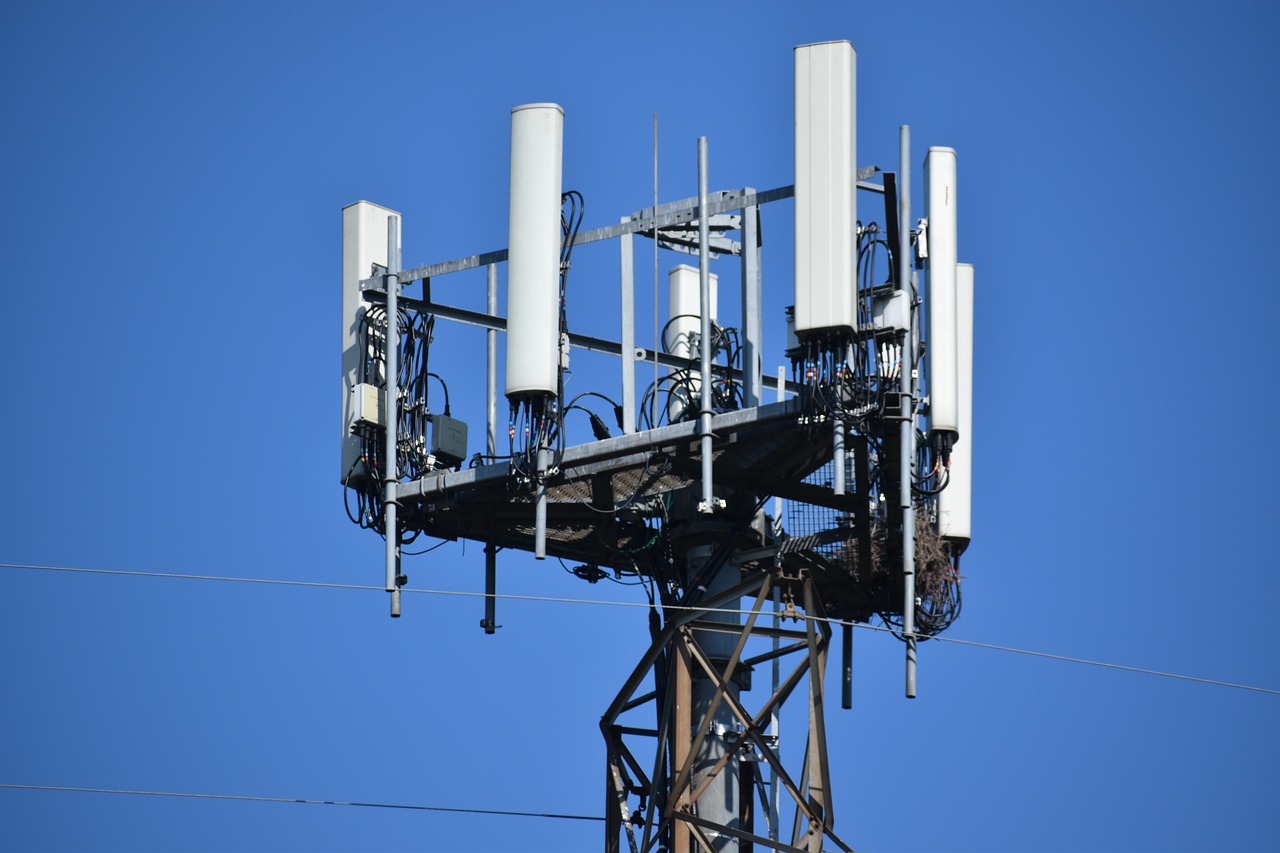Commercial landlords face an uphill struggle to boost energy efficiency and reduce carbon emissions while providing rooftop space for the infrastructure required to support the digital economy.
The Assessment of Energy Performance of Non- Domestic Buildings (Scotland) Regulations 2016 require building owners to meet certain requirements when selling or leasing properties.
The regulations apply to non-domestic buildings with a floor area larger than 1,000 sq m (and units within buildings with floor areas larger than 1,000 sq that can be used separately) which do not comply with the 2002 Scottish Building Standards.
These regulations require building owners to produce an action plan when a property is leased or sold. The plan lists the carbon and energy savings that will be achieved. The owner must then choose either to: 1. carry out the proposed improvement works within 3.5 years of the date of the action plan; or 2. defer carrying out the works and continue to monitor and formally report on the energy efficiency of the building annually.
Complications arise when looking at potential carbon reduction options for commercial premises and the opportunities for rooftops to accommodate renewable energy installations such as solar or wind.
As a result of the introduction of the new telecoms Code under the Digital Economy Act in 2017, network operators are increasingly aggressive in seeking to secure sites suitable for hosting masts and telecoms apparatus. With technology continuing to develop and the evolution of 5G (and greater numbers of smart devices being connected), a significant increase in the density of mast sites is required to provide coverage.
Due to technology advances and the growth of data-carrying capacity, the power consumption of new 5G antennas may be four times that of their 4G predecessors and as much as 12 times, network-wide.
Operators also need to find replacement sites where existing site providers terminate agreements as part of redevelopment proposals.
Following the significant downturn as a result of Covid19, with its unprecedented impact on building occupancy, and the ongoing energy crises, building owners have increasingly sought to make their buildings more attractive to tenants and occupiers.
Demand has grown for energy to power heating and lighting, coinciding with improvements in wind and solar options for rooftop spaces.
In England and Wales, a minimum EPC rating of E is already required on all existing and future commercial premises. The Scottish Government is looking at whether to follow suit. With Scotland aiming to achieve net zero by 2045 – five years ahead of the rest of the UK – it seems likely similar measures will be introduced. This means up to one third of all office space in Scotland would become unlettable based on current EPC ratings.
To address this issue, building owners will need look at options to redevelop and improve energy performance in the most economic ways possible.
Complications arise when looking at rooftops that are being used to accommodate telecoms equipment.
Work patterns are still settling into new norms following the considerable disruption of Covid-19.
Building owners need to find innovative ways to make their sites more appealing and cost-efficient in the face of such changing circumstances.
Aside from insulation – the first thing most responsible property owners will have already done – renewables will likely be high on the list.
Photovoltaic (PV) solar panels can help reduce carbon footprints and increase EPC ratings by a whole band in some cases. Likewise, innovations in small-scale wind turbines have emerged with urban landscapes in mind, potentially outperforming solar PV.
Prime urban rooftop space is therefore at a premium, just as telecommunications network operators seek to use it to deliver connectivity – at a potential opportunity cost to site providers.
While the benefits of improved coverage are not in doubt, site providers cannot be expected carry the associated burden without financial return, particularly where hosting such sites incurs additional management and operational costs for the site provider.
Building owners face being potentially further penalised by the loss of rental income and fines if they do not comply with energy efficiency legislation. Where rooftop space is already occupied by network operators, further solutions need to be found to co-locate. Otherwise, site providers may be driven to terminate agreements in order to address their core requirements, in doing so reducing connectivity and its benefits.
There is an opportunity for network operators to advance their own net zero requirements and enhance their low-carbon credentials by working with site providers in finding innovative green solutions for such installations.
To read the latest news and views from our experts in Energy Matters | Winter edition 2023/24

